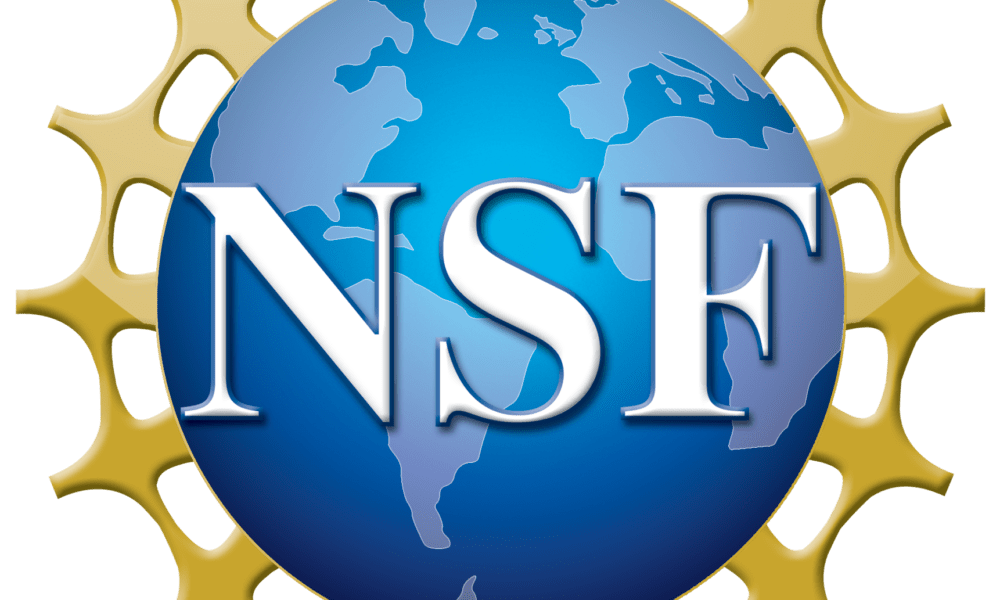Your TL;DR: NSF’s Accelerating Research Translation (ART) program is a major investment in helping universities turn research into real-world impact. A strong evaluator is the difference between reporting activities and proving impact. We have the track record, expertise, and credibility to help institutions build competitive proposals, measure success, and secure long-term translational capacity.
Accelerating Research Translation: Why This Matters Now
The National Science Foundation (NSF) has launched the Accelerating Research Translation (ART) program to strengthen universities’ ability to move discoveries beyond the lab. It is about more than funding. ART is an opportunity for institutions to build the systems, partnerships, and training programs that ensure research has a tangible, positive effect on society and the economy.
Projects funded under ART are expected to show that they can create sustainable pathways for innovation: new patents, industry collaborations, start-ups, workforce development, and community-based solutions. These outcomes do not just happen. They need careful planning, measurement, and evidence to show success.
Why Evaluation Is the Cornerstone of ART
Every NSF program is competitive, and ART is no exception. Reviewers will be looking closely at whether universities have credible, independent evaluation strategies in place. Evaluation is not simply a reporting function; it is what demonstrates:
- Capacity Growth: Are you building lasting infrastructure for technology transfer and translational research?
- Innovation Outcomes: Can you prove your faculty and students are generating outputs that matter outside academia?
- Community & Economic Impact: Are regional and industry partners benefiting from your efforts?
- Sustainability: Can your institution continue these efforts beyond NSF’s initial funding window?
An evaluation plan is the credibility marker that shows reviewers you are not just describing ambition, but building a roadmap for measurable impact.
What Happens Without a Strong Evaluator
Many proposals fall short because evaluation is treated as an afterthought. When this happens, projects may:
- Collect anecdotes instead of hard data, weakening their case for renewal or future funding.
- Struggle to pivot when strategies are not working, since they lack real-time performance insights.
- Fail to capture the true scope of their impact, leaving important successes invisible to NSF and stakeholders.
Without strong evaluation, institutions risk being perceived as activity-heavy but results-light. This can mean not only lost funding today, but diminished competitiveness in future NSF opportunities.
Why EBHC Is the Evaluator You Need
At EBHC, we specialize in evaluating federal grant programs, particularly those that focus on innovation ecosystems, translational research, and technology transfer. We know how to design and deliver evaluations that meet NSF’s expectations—and exceed them.
Our past track record includes:
- Serving as evaluators for NSF Engines finalists and awardees, ensuring their progress is tied directly to measurable community and economic impact.
- Supporting EDA innovation ecosystem grants, where we developed metrics to prove sustainable capacity-building outcomes.
- Partnering with universities and research consortia to design evaluation frameworks that integrate seamlessly into daily operations, rather than being a burden.
We bring a proven, independent lens that helps applicants tell a compelling story backed by data. That credibility strengthens both proposals and long-term outcomes.
How EBHC Strengthens Your ART Proposal
When you bring EBHC into your ART project, you are not just checking a box; you are adding a strategic advantage:
- Alignment with NSF Expectations: We design evaluation plans that speak directly to what reviewers are looking for.
- Tailored Metrics: From patents and licenses to training modules and start-up support, we create measures that match your specific project.
- Adaptive Learning: We provide real-time data analysis so you can adjust strategies during the grant period.
- Future Readiness: Our evaluations prepare you for renewal, recompete, or scaling into larger NSF programs like Engines or TIP initiatives.
Don’t Leave Evaluation to Chance
ART is a unique chance to show NSF that your institution is ready to lead in research translation. Strong evaluation is the difference between activity and impact, and between a funded proposal and a rejected one. Proposal deadlines are coming quickly—January 15, 2026, for Tracks 2 and 5, and March 12, 2026, for Tracks 1, 3, and 4. That means now is the time to finalize your evaluation strategy.
Working with EBHC early allows us to:
- Design evaluation plans tailored to your track and capacity level.
- Build metrics aligned with NSF’s Research Translation Readiness (RTRL) indicators.
- Integrate evaluation into your proposal narrative before submission.
Don’t wait until the last minute. Reviewers know when evaluation is an afterthought. Bringing EBHC in now ensures your proposal is competitive and ready to prove impact.
Ready To Take the Next Step?
We assist our clients in locating, applying for, and evaluating the outcomes of non-dilutive grant funding. We believe non-dilutive funding is a crucial tool for mitigating investment risks, and we are dedicated to guiding our clients through the entire process—from identifying the most suitable opportunities to submitting and managing grant applications.
